

| Cruise Region : Europe |
| Company : A-Rosa |
| Ship : A-ROSA LUNA |
| Journey Start : Sun 17 May 2026 |
| Journey End : Sun 31 May 2026 |
| Count Nights : 14 nights |
| Day | Date | Port | Arrival | Departure |
|---|---|---|---|---|
| 1 | 17.05 Sun | Lyon / France | 18:00 | |
| 2 | 18.05 Mon | Tournus / France | 05:00 | 09:00 |
| 2 | 18.05 Mon | Chalon-sur-Saône / France | 12:30 | |
| 3 | 19.05 Tue | Chalon-sur-Saône / France | 02:30 | |
| 3 | 19.05 Tue | Tournus / France | 06:00 | 14:30 |
| 3 | 19.05 Tue | Macon / France | 18:00 | |
| 4 | 20.05 Wed | Macon / France | 23:30 | |
| 5 | 21.05 Thu | Trévoux / France | 04:00 | 12:00 |
| 6 | 22.05 Fri | Viviers-lès-Montagnes / France | 06:00 | 20:00 |
| 7 | 23.05 Sat | Port-Saint-Louis-du-Rhône / France | 08:00 | 19:00 |
| 7 | 23.05 Sat | Arles / France | 23:00 | |
| 8 | 24.05 Sun | Arles / France | ||
| 9 | 25.05 Mon | Arles / France | 23:30 | |
| 10 | 26.05 Tue | Avignon / France | 03:30 | |
| 11 | 27.05 Wed | Avignon / France | 14:00 | |
| 11 | 27.05 Wed | Chateauneuf-du-Pape / France | 17:00 | 19:30 |
| 12 | 28.05 Thu | Tain-l'Hermitage / France | 08:30 | 23:00 |
| 13 | 29.05 Fri | Vienna / Austria | 05:00 | 20:30 |
| 14 | 30.05 Sat | Lyon / France | 00:01 | |
| 15 | 31.05 Sun | Lyon / France |
We offer two distinct types of bookings to cater to different needs: A‑ROSA Premium All‑Inclusive for unlimited indulgence and A‑ROSA Basic incl. Full Board for a more flexible experience.
Premium All-Inclusive 2025
Indulge all day, every day with high-quality buffets
High-quality drinks included throughout the day: tea, coffee and coffee specialities, water, soft drinks, beer, prosecco, as well as a selection of wines
Reduced prices for additional on board services and offerings, e.g. SPA treatments, workshops (except A-ROSA ALEA and A-ROSA CLEA)
Free use of onboard amenities, such as sauna and gym (No sauna on A-ROSA ALEA and A-ROSA CLEA)
Transfer between airport or TGV train station and ship when arrival is booked through A-ROSA
Kids Club on Family Cruises as well as all-year round on A-ROSA SENA
Toiletries in cabin and bathrobes on request
Special Welcome and Farewell dinners for cruises of 5 nights and more
Guest Relations Management at our guests' service
Varied onboard entertainment for cruises of 7 nights or more with local performers
Room service in every cabin grade, during bar opening hours**
Free e-bike depending on availability
A-ROSA Basic incl. Full Board
A-ROSA Basic incl. Full Board is the perfect alternative for more spontaneous A-ROSA guests who are flexible in their choice of dates and itineraries.
This booking offers the following amenities:
Full Board: Extensive breakfast, lunch and dinner buffet, additional embarkation snack and coffee and tea hour
Daily varied onboard entertainment
Free use of onboard facilities such as sauna and fitness area
Free choice of date, ship, route and cabin category
All port charges
A-ROSA Basic Full Board is only available on selected departures, with limited availability. You will be informed of your cabin number on board.
Suites, A-ROSA Cruise Specials, A-ROSA Packages and other benefits, such as Early Booking Discounts or children travelling for free, are not available for an A-ROSA Basic booking.
SERVICES |
Premium All-Inclusive | Basic Full Board |
|---|---|---|
| Early Booking Price for bookings made until 28 February 2025 or 31 August 2025. | Yes | - |
| Change of reservation fee (until 30 days prior to cruise) | once free of charge | |
| Cancellation fee (until 31 days prior to cruise) | 40 % | 50 % |
| Free choice of cabin number | Yes | - |
| Reserve preferred cabin of choice for a limited period of time free of charge | Yes | - |
| Balcony and Junior Suite available | Yes | - |
| Children up to and including 15 years of age travel free of charge on deck 1 (except A-ROSA ALVA, A-ROSA ALEA, A-ROSA CLEA)¹ | Yes | - |
| 10 % Back-to-back cruise discount (only on the cruise fare)² | Yes | - |
| 4 % mini group discount (min. 6 full-paying passengers)² | Yes | - |
| Book additional e-bike packages (terranova) | Yes | Yes |
| Reserve excursions online in advance | Yes | Yes |
| Indulge all day, every day: Comprehensive breakfast, lunch and dinner buffets, embarkation refreshment and daily teatime snack | Yes | Yes |
| Tea, coffee and coffee specialities, water, soft drinks, sparkling wine as well as a selection of wine & beer, during bar opening hours³ | Yes | for fee |
| Water dispensers⁴ | Yes | Yes |
| Mineral water in the cabin (A-ROSA ALEA & A-ROSA CLEA) | Yes | - |
| Special Welcome & Farewell dinners | Yes | Yes |
| Comprehensive service concept with guest relations management | Yes | Yes |
| Onboard entertainment with local performers (7 nights+) | Yes | Yes |
| Kids Club available on family cruises and all year round on the A-ROSA SENA | Yes | Yes |
| Reduced prices on wellness and beauty treatments at SPA-ROSA⁵ | Yes | - |
| Toiletries in cabin and bathrobe on request | Yes | for a fee |
| A-ROSA App with information about your cruise | Yes | Yes |
| Room service in every cabin category (during bar opening hours)⁶ | Yes | for a fee |
| E-bikes for independent exploration (subject to availability)⁷ | Yes | for a fee |
| Transfer between the airport or TGV train station and the ship, if travelling via A-ROSA⁸ | Yes | Yes |
| Premium All-Inclusive | Basic FullBoard | |
| Cocktails and long drinks from renowned brands during bar opening hours3 | € 19 pp/night | € 39 pp/night |
| Transfer train station-ship-train station Danube & Rhine9 | € 20 pp/one way | € 20 pp/one way |
1 Children up to and including 15 years of age travel free of charge when accompanied by at least one (two in Cat. G) supervising adult on Deck 1. From Deck 2 children receive a 30 % discount. Furthermore, children up to 7 years of age accompanied by 2 supervising adults can use a sofa bed free of charge on the A-ROSA SENA in categories B - D. On the A-ROSA ALVA, A-ROSA ALEA & A-ROSA CLEA children accompanied by at least one supervising adult receive a 30 % discount. The children’s discount is only valid for the cruise itself. Limited availabilities on all cruises.
2 Cannot be combined with other discounts or reductions.
3 On board A-ROSA ALVA drinks are included all day, including cocktails, long drinks and more.
4 Except on board A-ROSA ALEA and A-ROSA CLEA.
5 No treatments on board A-ROSA ALEA and A-ROSA CLEA.
6 Room service for drinks according to the room service menu. Except on board A-ROSA ALVA, A-ROSA ALEA and A-ROSA CLEA.
7 Rental is not possible on board A-ROSA ALVA, A-ROSA ALEA and A-ROSA CLEA.
8 Flight from/to Lyon, Paris, Porto and Vienna. If the flight or TGV is booked via A-ROSA, the transfer is included. You will receive a voucher with your travel information.
9 Available for cruises from Passau and Cologne. Transfer times will be specified in the travel information.
Cruise fare does not include the following services and should be paid additionaly:
a) Standard rate for "A-ROSA Premium All-Inclusive" prices
• up to 31 days before departure 25%
• 30 days or less before departure 40%
• 24 days or less before departure 50%
• 17 days or less before departure 60%
• 10 days or less before departure 80%
• 3 days before departure until the day of departure or cancellation on the day of arrival or no-show 90%
b) Special rate for "A-ROSA Basic Full Board" prices
• up to 31 days before departure 35%
• 30 days or less before departure 50%
• 24 days or less before departure 60%
• 17 days or less before departure 75%
• 10 days or less before departure 85%
• 3 days before departure until the day of departure or no-show 90%
A-ROSA Cruise Booking Terms
30% deposit upon booking
100% 45 days before the start of the cruis
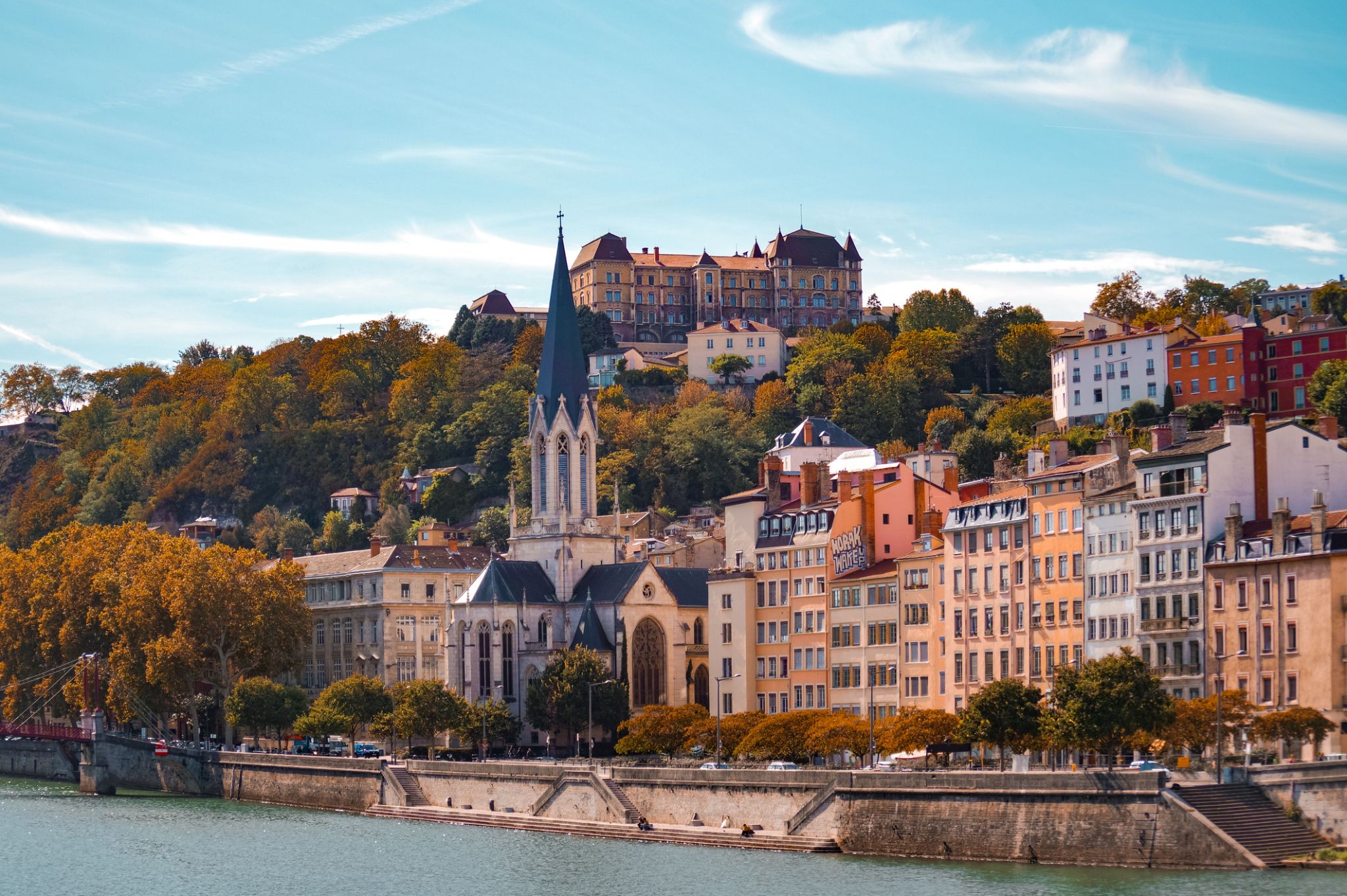
Lyon is the third-largest city and second-largest urban area of France. It is located in the country's east-central part at the confluence of the rivers Rhône and Saône,about 470 km (292 mi) south from Paris, 320 km (199 mi) north from Marseille and 56 km (35 mi) northeast from Saint-Étienne. Inhabitants of the city are called Lyonnais.
Lyon had a population of 513,275 in 2015. It is the capital of the Metropolis of Lyon and the region of Auvergne-Rhône-Alpes. The Lyon metropolitan area had a population of 2,265,375 in 2014, the second-largest urban area in France. The city is known for its cuisine and gastronomy, and historical and architectural landmarks; part of it is a registered as a UNESCO World Heritage site. Lyon was historically an important area for the production and weaving of silk. Lyon played a significant role in the history of cinema: it is where Auguste and Louis Lumièreinvented the cinematograph. It is also known for its light festival, the Fête des Lumières, which begins every 8 December and lasts for four days, earning Lyon the title of Capital of Lights.
Economically, Lyon is a major centre for banking, as well as for the chemical, pharmaceutical, and biotech industries. The city contains a significant software industry with a particular focus on video games, and in recent years has fostered a growing local start-up sector. Lyon hosts the international headquarters of Interpol, the International Agency for Research on Cancer and Euronews. It was ranked 19th globally and second in France for innovation in 2014. It ranked second in France and 39th globally in Mercer's 2015 liveability rankings.
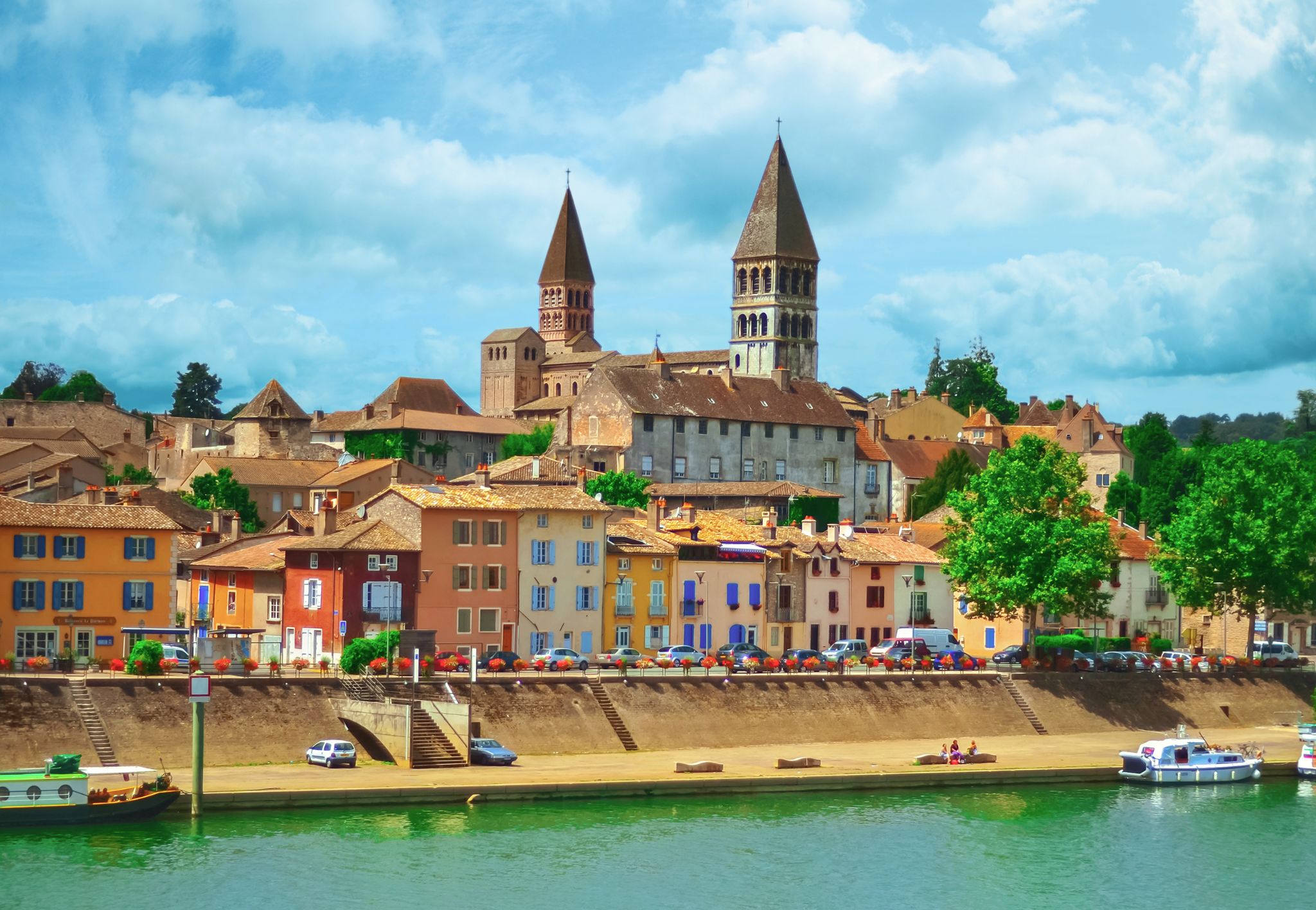
Tournus is a commune in the Saône-et-Loire department in the region of Bourgogne in eastern France.
Tournus is located on the right bank of the Saône, 20 km. northeast of Mâcon on the Paris-Lyon railway.
The church of St Philibert (early 11th century), is the main surviving building of the former Benedictine abbey of Tournus, suppressed in 1785. It is in the Burgundian Romanesque style. The façade lacks one of the two flanking towers originally designed for it. The nave is roofed with barrel vaulting, supported on tall cylindrical columns. Both the choir and the 11th century crypt beneath it have an ambulatory and side chapels.
In the Place de l'Hôtel de Ville stands a statue of Jean-Baptiste Greuze, born in the town in 1725.
Tournus is an important tourist area, with one four-star hotel (the Greuze) and one three-star hotel (the Rempart). In 2013, four restaurants had a Michelin star: the Greuze, Quartier Gourmand, Aux Terasses, and Meulien.
There are vineyards in the surrounding district and the town and its port have considerable commerce in wine and in stone from the neighboring quarries. Chairmaking is an important industry.
There are several industrial areas to the north and south-west. The town manufactures a large quantity of domestic white goods, at the Groupe SEBfactory, and cookware at the Tefal factory.
There is a market every Saturday morning.
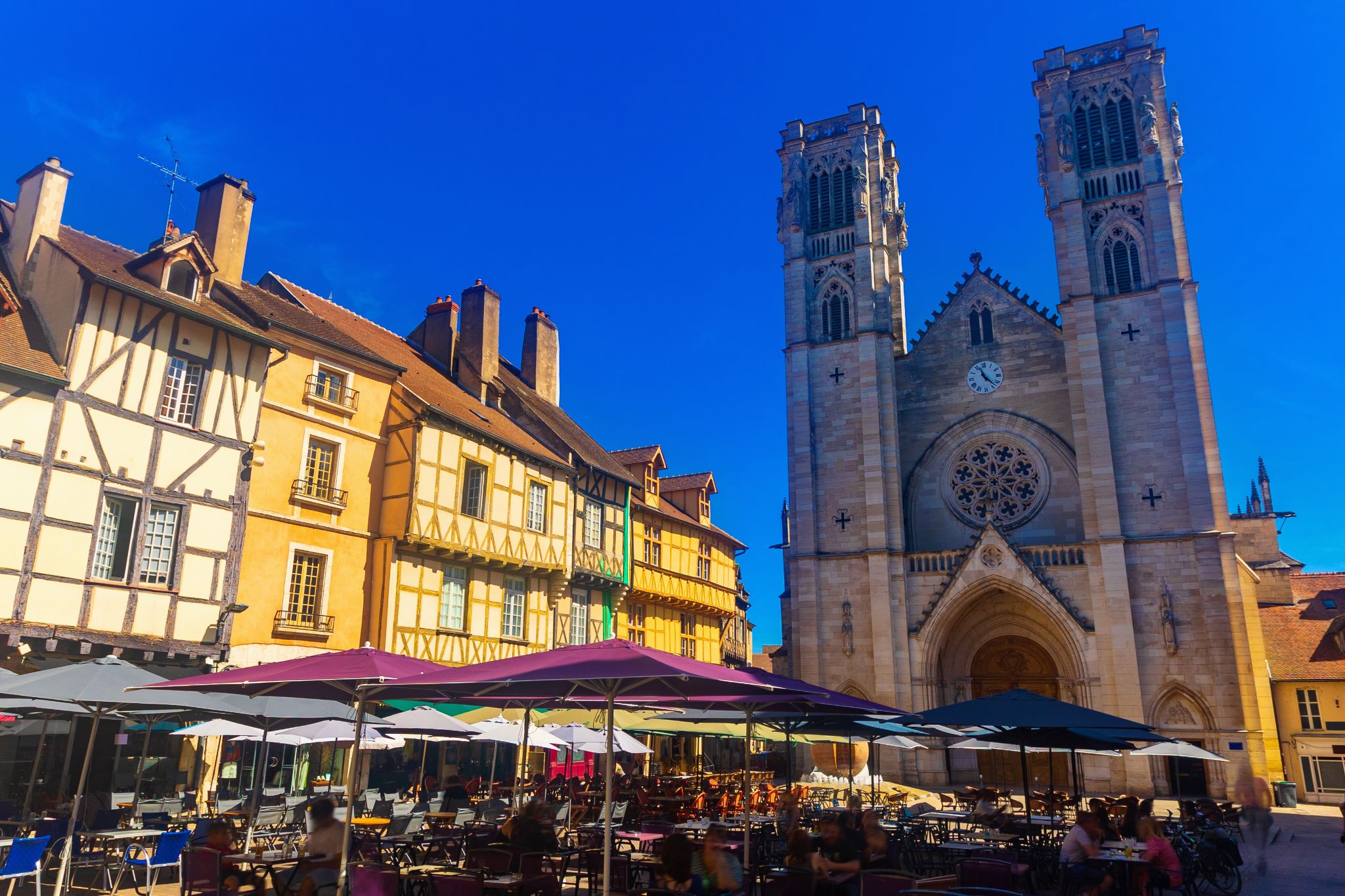
Chalon-sur-Saône is a commune in the Saône-et-Loire department in the region of Bourgogne-Franche-Comté in eastern France.
It is a sub-prefecture of the department. It is the largest city in the department; however, the department capital is the smaller city of Mâcon.
Chalon-sur-Saône lies in the south of the Bourgogne-Franche-Comté region of France. It is located on the Saône river, and was once a busy port, acting as a distribution point for local wines which were sent up and down the Saône river and the Canal du Centre, opened in 1792.
Though the site (ancient Cabillonum) was a capital of the Aedui and objects of La Tène culture have been retrieved from the bed of the river here, the first mention of Cavillonum is found in Commentarii de Bello Gallico (VII, chs. 42 and 90). The Roman city already served as a river port and hub of road communications, of the Via Agrippa and side routes. In 354 AD the Roman Emperor, Constantius II stationed the Roman 7th Army in Chalon (then called Cabyllona) for an invasion against the brother kings, Gundomadus and Vadomarius of the Alamanni. However, not having received supplies, the Roman troops revolted, and were pacified by the grand chamberlain Eusebiuswith money. In Late Antiquity the city had dwindled so much that a wall round it encircled fifteen hectares.
Saint Marcellus of Chalons (Saint Marcel) is said to have been martyred here in 179 AD. Chalon became one of the de facto capitals of the kingdom of Burgundy under Guntram, king from 561 to 592, who died here. Guntram also promoted the cult of Saint Marcellus. The bishopric of Chalon-sur-Saône, a suffragan of the Archdiocese of Lyon, was established here in the same century, and a Church Council was held here from 644–655. The see was merged into the diocese of Autunshortly after the French Revolution.
Chalon in the 19th century is best known as the birthplace of photography. Its most famous resident, Nicéphore Niépcealso has a lycée (secondary school) named after him. There is a museum which contains some early photography relics, located on the Quai des Messageries in the town, containing more than two million photographs and many old artefacts such as cameras and other equipment for old and modern photography. Also on display are Niépce's 1807 Pyréolophore which is probably the world's first internal combustion engine, plus his 1818 implementation of a dandy horse, for which he coined the word vélocipède.
Another famous resident is Dominique Vivant Denon (1747–1825) who was involved in the creation of the Louvre museum, converting the former royal palace into a museum after the French Revolution

Chalon-sur-Saône is a commune in the Saône-et-Loire department in the region of Bourgogne-Franche-Comté in eastern France.
It is a sub-prefecture of the department. It is the largest city in the department; however, the department capital is the smaller city of Mâcon.
Chalon-sur-Saône lies in the south of the Bourgogne-Franche-Comté region of France. It is located on the Saône river, and was once a busy port, acting as a distribution point for local wines which were sent up and down the Saône river and the Canal du Centre, opened in 1792.
Though the site (ancient Cabillonum) was a capital of the Aedui and objects of La Tène culture have been retrieved from the bed of the river here, the first mention of Cavillonum is found in Commentarii de Bello Gallico (VII, chs. 42 and 90). The Roman city already served as a river port and hub of road communications, of the Via Agrippa and side routes. In 354 AD the Roman Emperor, Constantius II stationed the Roman 7th Army in Chalon (then called Cabyllona) for an invasion against the brother kings, Gundomadus and Vadomarius of the Alamanni. However, not having received supplies, the Roman troops revolted, and were pacified by the grand chamberlain Eusebiuswith money. In Late Antiquity the city had dwindled so much that a wall round it encircled fifteen hectares.
Saint Marcellus of Chalons (Saint Marcel) is said to have been martyred here in 179 AD. Chalon became one of the de facto capitals of the kingdom of Burgundy under Guntram, king from 561 to 592, who died here. Guntram also promoted the cult of Saint Marcellus. The bishopric of Chalon-sur-Saône, a suffragan of the Archdiocese of Lyon, was established here in the same century, and a Church Council was held here from 644–655. The see was merged into the diocese of Autunshortly after the French Revolution.
Chalon in the 19th century is best known as the birthplace of photography. Its most famous resident, Nicéphore Niépcealso has a lycée (secondary school) named after him. There is a museum which contains some early photography relics, located on the Quai des Messageries in the town, containing more than two million photographs and many old artefacts such as cameras and other equipment for old and modern photography. Also on display are Niépce's 1807 Pyréolophore which is probably the world's first internal combustion engine, plus his 1818 implementation of a dandy horse, for which he coined the word vélocipède.
Another famous resident is Dominique Vivant Denon (1747–1825) who was involved in the creation of the Louvre museum, converting the former royal palace into a museum after the French Revolution

Tournus is a commune in the Saône-et-Loire department in the region of Bourgogne in eastern France.
Tournus is located on the right bank of the Saône, 20 km. northeast of Mâcon on the Paris-Lyon railway.
The church of St Philibert (early 11th century), is the main surviving building of the former Benedictine abbey of Tournus, suppressed in 1785. It is in the Burgundian Romanesque style. The façade lacks one of the two flanking towers originally designed for it. The nave is roofed with barrel vaulting, supported on tall cylindrical columns. Both the choir and the 11th century crypt beneath it have an ambulatory and side chapels.
In the Place de l'Hôtel de Ville stands a statue of Jean-Baptiste Greuze, born in the town in 1725.
Tournus is an important tourist area, with one four-star hotel (the Greuze) and one three-star hotel (the Rempart). In 2013, four restaurants had a Michelin star: the Greuze, Quartier Gourmand, Aux Terasses, and Meulien.
There are vineyards in the surrounding district and the town and its port have considerable commerce in wine and in stone from the neighboring quarries. Chairmaking is an important industry.
There are several industrial areas to the north and south-west. The town manufactures a large quantity of domestic white goods, at the Groupe SEBfactory, and cookware at the Tefal factory.
There is a market every Saturday morning.
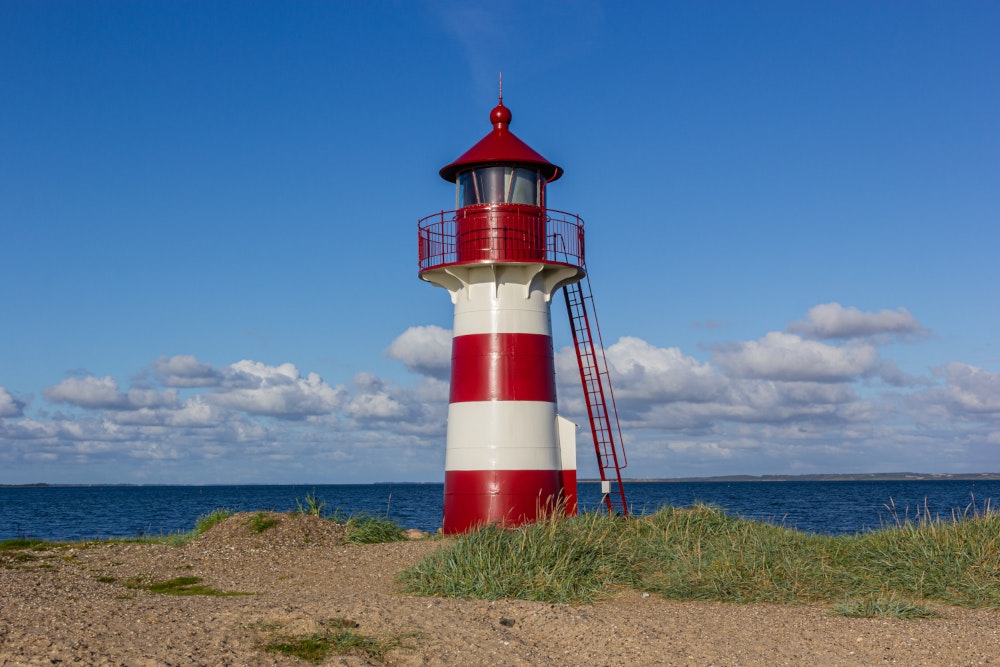
Nestled along the banks of the Saône River, Macon enchants visitors with the charm of southern Burgundy. This French town blends elegant architecture, ancient winemaking traditions, and a relaxed pace of life. Macon is known as the birthplace of poet Alphonse de Lamartine and as a hub for the Mâconnais wine region, especially renowned for its Chardonnay.
A stroll through the old town reveals blooming balconies, cozy cafés, and historic landmarks like the Church of Saint-Pierre and a 15th-century timber-framed house. Nature lovers and gourmets alike can explore wine trails or enjoy sweeping views from the Saint-Laurent Bridge. Macon is the perfect place to experience the charm of France without the bustle of big cities.

Nestled along the banks of the Saône River, Macon enchants visitors with the charm of southern Burgundy. This French town blends elegant architecture, ancient winemaking traditions, and a relaxed pace of life. Macon is known as the birthplace of poet Alphonse de Lamartine and as a hub for the Mâconnais wine region, especially renowned for its Chardonnay.
A stroll through the old town reveals blooming balconies, cozy cafés, and historic landmarks like the Church of Saint-Pierre and a 15th-century timber-framed house. Nature lovers and gourmets alike can explore wine trails or enjoy sweeping views from the Saint-Laurent Bridge. Macon is the perfect place to experience the charm of France without the bustle of big cities.
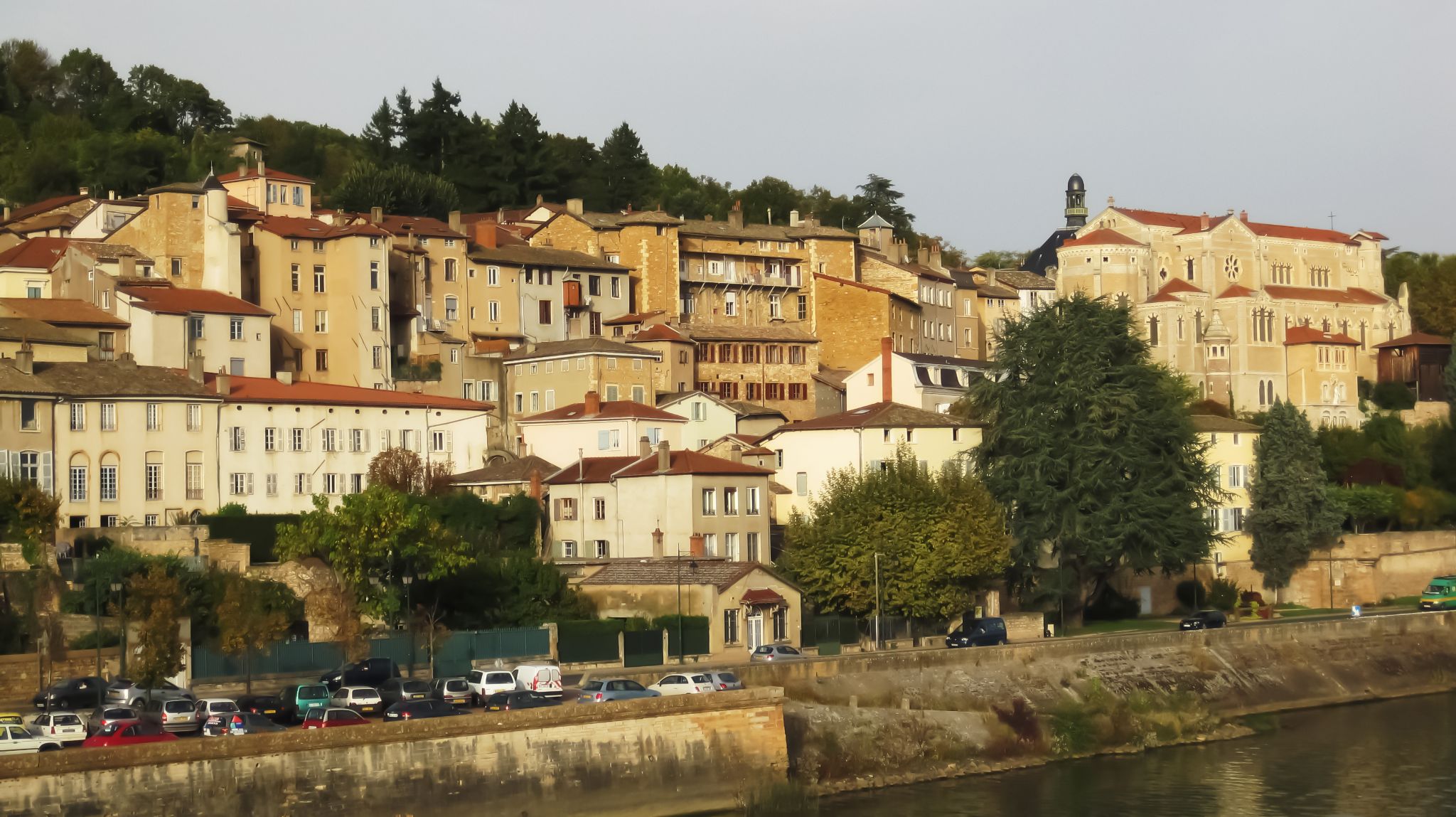
Trévoux is a commune in the Ain department in eastern France. The inhabitants are known as Trévoltiens.
It is a suburb of Lyon, built on the steeply sloping left bank of the river Saône.
In AD 943, the treaty of Verdun divided up the empire of Charlemagne. The river Saône became the frontier between France and the Empire. It is thanks to this border location that Trévoux gained its particular political status.
From the 13th century, the Trévoux river toll became important, and the town built a castle and walls.
On the 30th of June 1417, the local baron issued a decree allowing the local Jewish population to continue to study the Talmud, contrary to the decision taken in Chambéry in January 1417 as a result of which Jewish books had been seized and burned.
In 1523, the French king François the 1st confiscated the Dombes region and founded a parliament for the region in Lyon.
At the end of the 17th century, two important sovereign princes, Anne-Marie Louise of Orléans, Duchess of Montpensier known as "la Grande Mademoiselle", and her successor Louis-Auguste of Bourbon, duke of Maine, raised two monuments which are still notable in the landscape - the Montpensier hospital and the Palace of the Dombes Parliament.
In 1560, the Dombes region fell to the Bourbons. The town became rich as the capital of Dombes principality and seat of its parliament from 1697 to 1771. The town is also known at this time for a dictionary, printed there from 1704 to 1771 by the Jesuits.
In 1762, the principality of the Dombes was definitively absorbed into France.
The town was a sub-prefecture of Ain until 1926.
From the end of the 19th century until the 1950s, Trévoux was the global capital of the manufacture of synthetic diamonds.
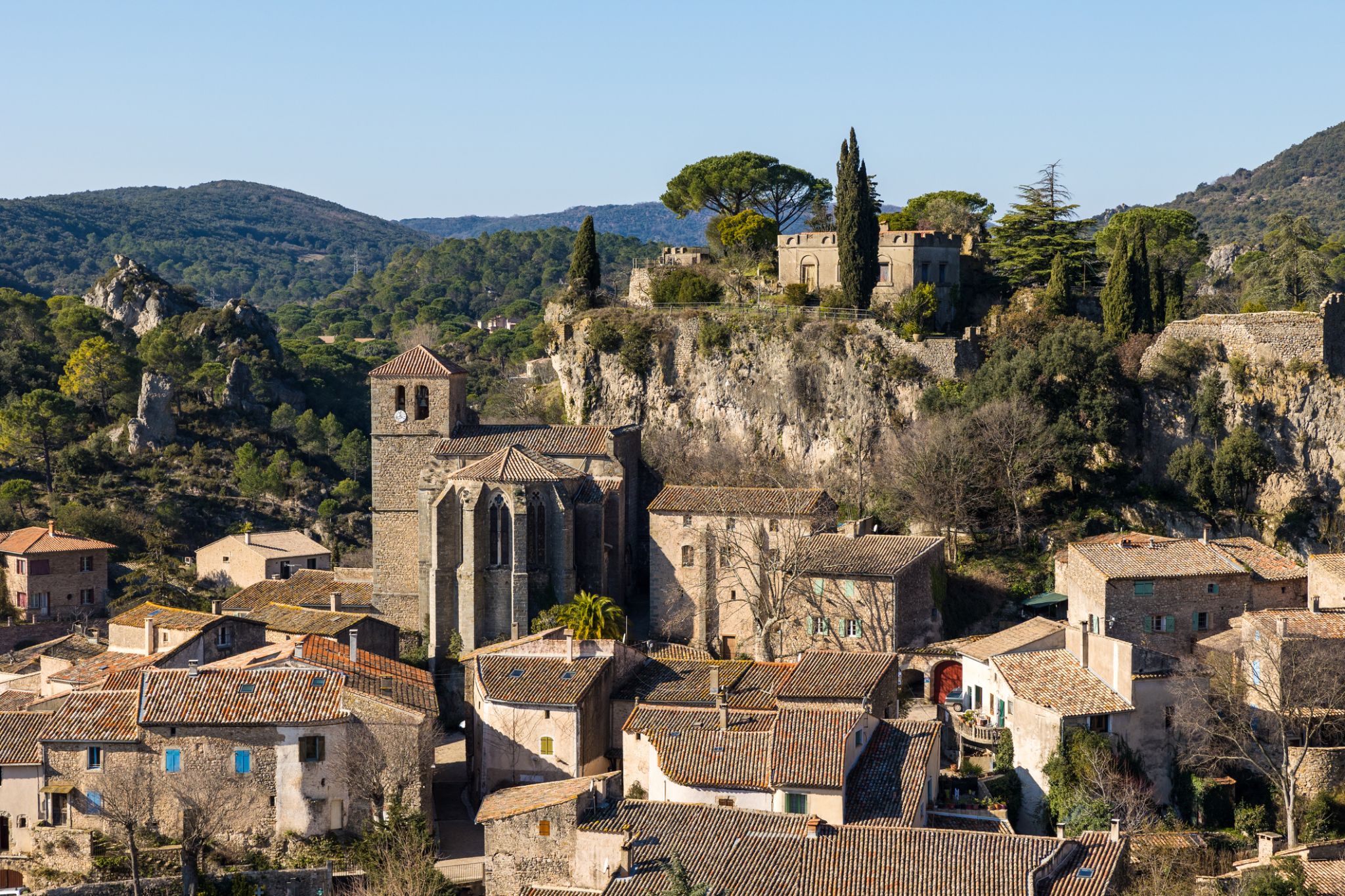
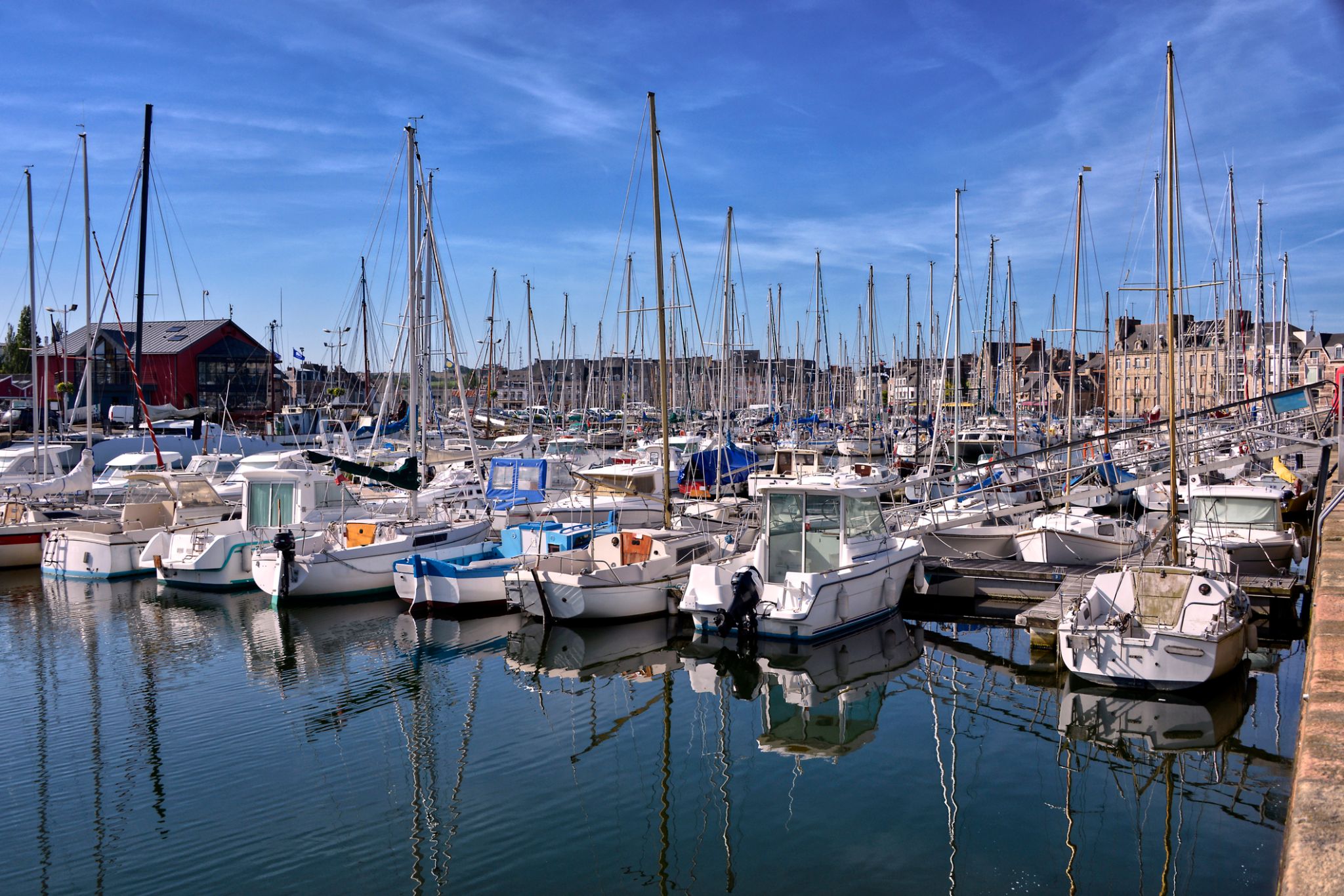
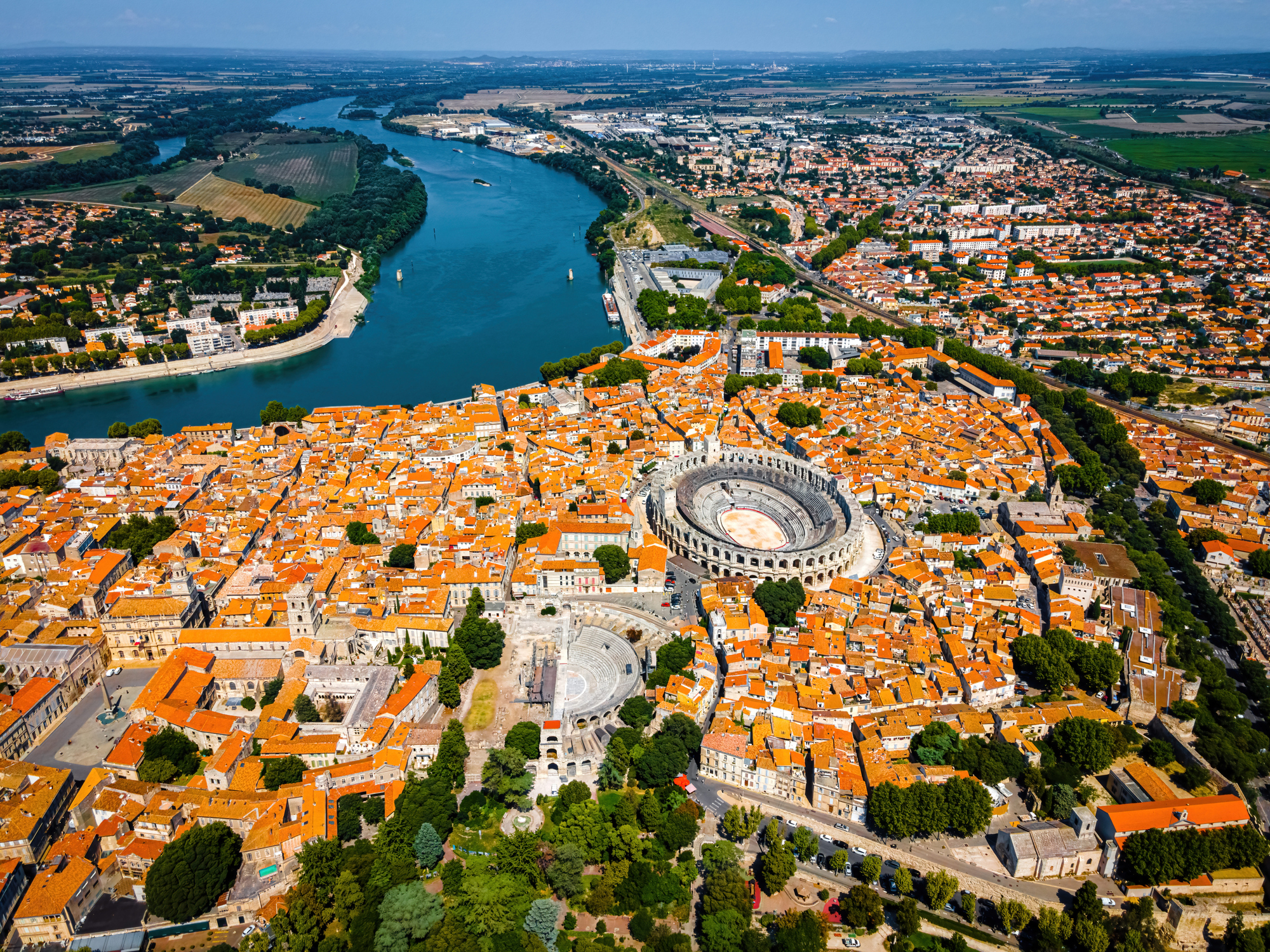
Arles is a city and commune in the south of France, in the Bouches-du-Rhône department, of which it is a subprefecture, in the former province of Provence.
A large part of the Camargue is located on the territory of the commune, making it the largest commune in Metropolitan France in terms of territory (though Maripasoula, French Guiana, is much larger). The city has a long history, and was of considerable importance in the Roman province of Gallia Narbonensis. The Roman and Romanesque Monuments of Arles were listed as UNESCO World Heritage Sites in 1981. The Dutch post-Impressionist painter Vincent van Goghlived in Arles from 1888 to 1889 and produced over 300 paintings and drawings during his time there. An international photography festival has been held in the city since 1970.

Arles is a city and commune in the south of France, in the Bouches-du-Rhône department, of which it is a subprefecture, in the former province of Provence.
A large part of the Camargue is located on the territory of the commune, making it the largest commune in Metropolitan France in terms of territory (though Maripasoula, French Guiana, is much larger). The city has a long history, and was of considerable importance in the Roman province of Gallia Narbonensis. The Roman and Romanesque Monuments of Arles were listed as UNESCO World Heritage Sites in 1981. The Dutch post-Impressionist painter Vincent van Goghlived in Arles from 1888 to 1889 and produced over 300 paintings and drawings during his time there. An international photography festival has been held in the city since 1970.

Arles is a city and commune in the south of France, in the Bouches-du-Rhône department, of which it is a subprefecture, in the former province of Provence.
A large part of the Camargue is located on the territory of the commune, making it the largest commune in Metropolitan France in terms of territory (though Maripasoula, French Guiana, is much larger). The city has a long history, and was of considerable importance in the Roman province of Gallia Narbonensis. The Roman and Romanesque Monuments of Arles were listed as UNESCO World Heritage Sites in 1981. The Dutch post-Impressionist painter Vincent van Goghlived in Arles from 1888 to 1889 and produced over 300 paintings and drawings during his time there. An international photography festival has been held in the city since 1970.

On the banks of the Rhône, nestled among the picturesque landscapes of Provence, lies Avignon — a city where every stone echoes a grand historical legacy. In the 14th century, it became the residence of the popes, and to this day, its appearance reflects its former glory: massive walls, the majestic Papal Palace, and Gothic towers create the atmosphere of a medieval fairy tale. A walk through the old town with its narrow streets and cozy squares feels like stepping back in time.
Avignon doesn’t live in the past alone. Each summer, thousands of art lovers gather here for the renowned theatre festival that fills the streets with music, performances, and cultural vibrancy. Add to that the local markets scented with lavender and spices, the taste of Provençal cuisine, and the soft sun of southern France — and you’ll understand why Avignon is considered one of the most enchanting corners of the country.

On the banks of the Rhône, nestled among the picturesque landscapes of Provence, lies Avignon — a city where every stone echoes a grand historical legacy. In the 14th century, it became the residence of the popes, and to this day, its appearance reflects its former glory: massive walls, the majestic Papal Palace, and Gothic towers create the atmosphere of a medieval fairy tale. A walk through the old town with its narrow streets and cozy squares feels like stepping back in time.
Avignon doesn’t live in the past alone. Each summer, thousands of art lovers gather here for the renowned theatre festival that fills the streets with music, performances, and cultural vibrancy. Add to that the local markets scented with lavender and spices, the taste of Provençal cuisine, and the soft sun of southern France — and you’ll understand why Avignon is considered one of the most enchanting corners of the country.
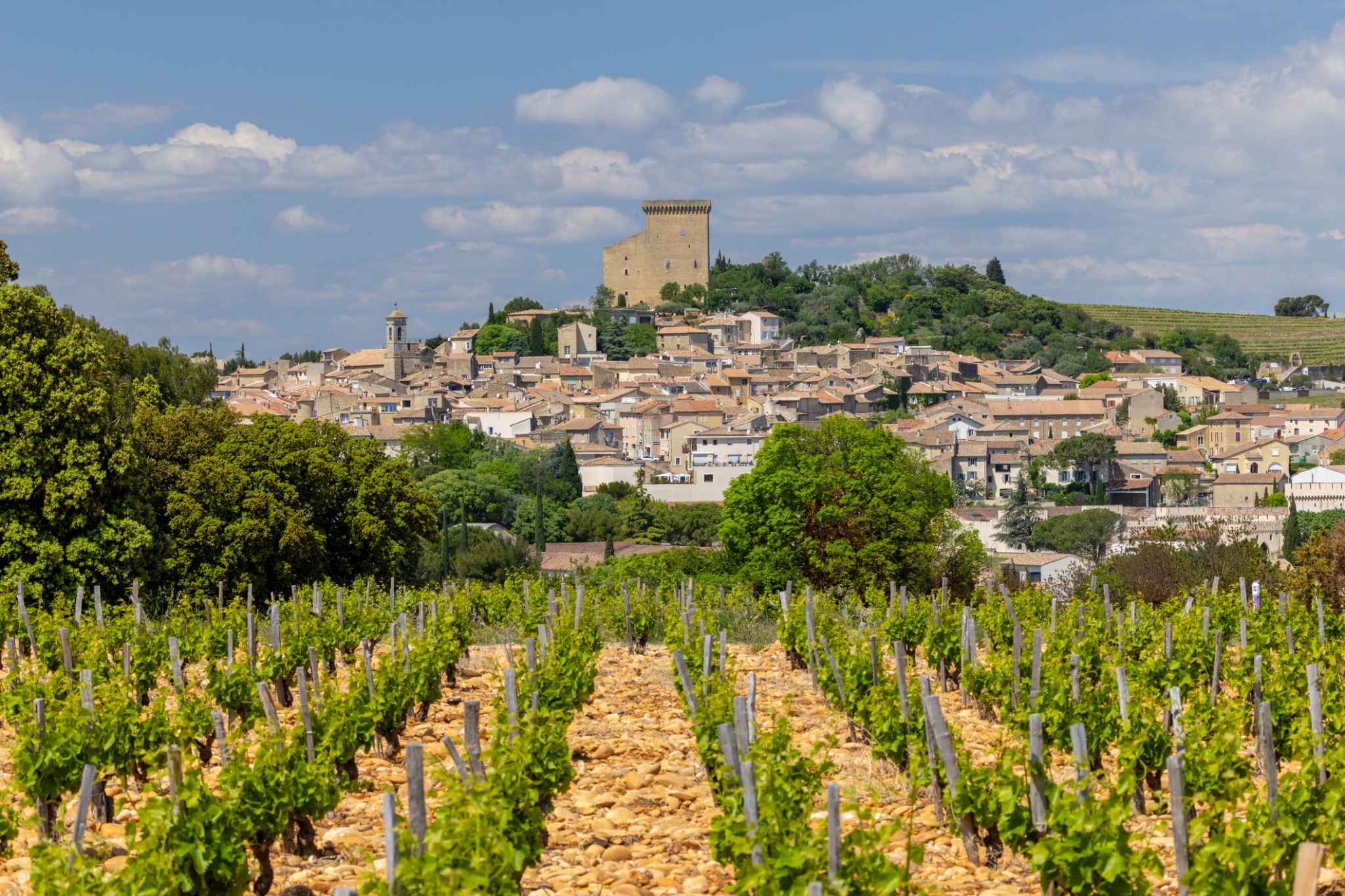

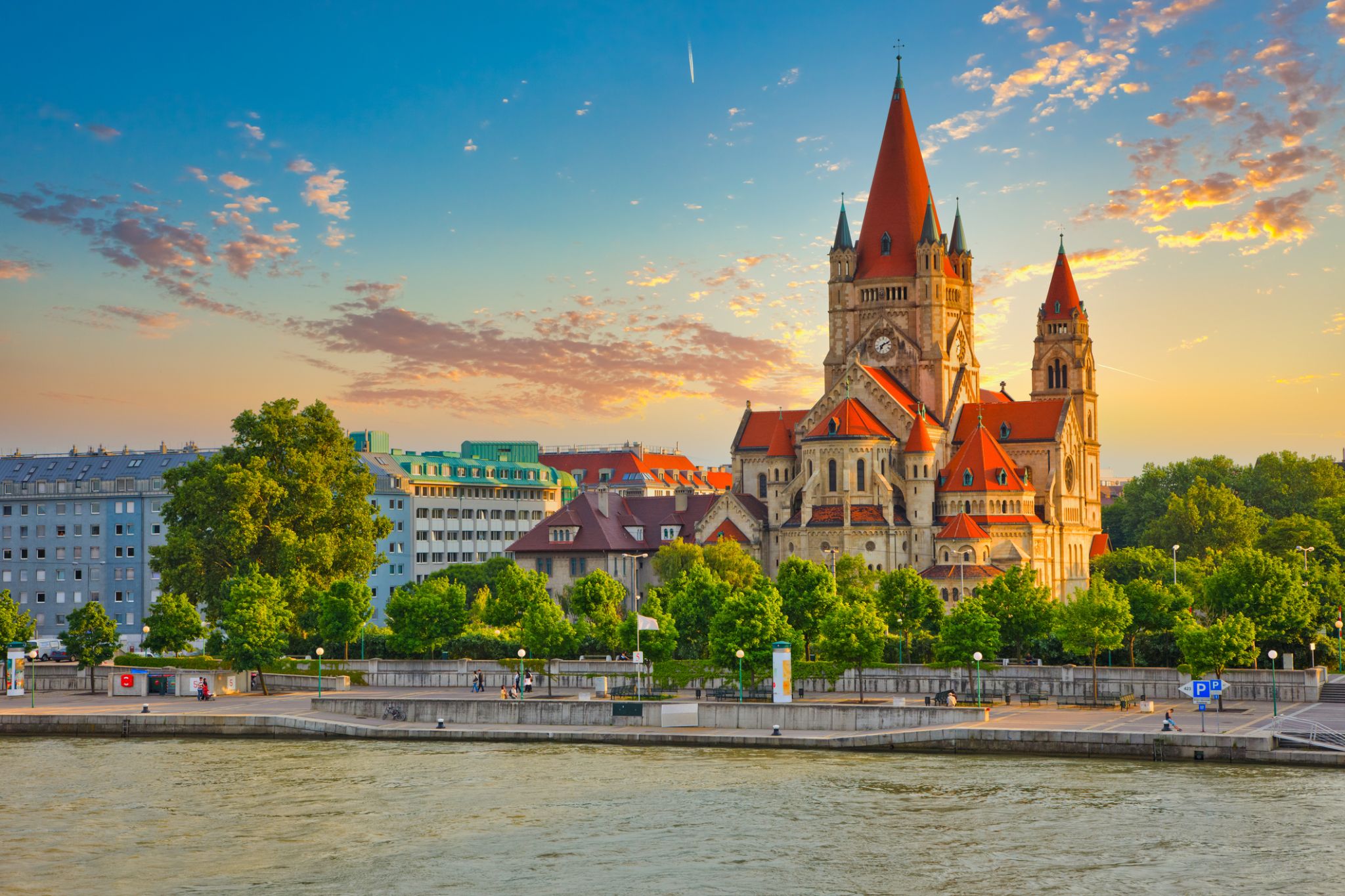
Vienna is the federal capital and largest city of Austria, and one of the nine states of Austria. Vienna is Austria's primate city, with a population of about 1.9 million (2.6 million within the metropolitan area, nearly one third of Austria's population), and its cultural, economic, and political centre. It is the 7th-largest city by population within city limits in the European Union. Until the beginning of the 20th century, it was the largest German-speaking city in the world, and before the splitting of the Austro-Hungarian Empire in World War I, the city had 2 million inhabitants. Today, it has the second largest number of German speakers after Berlin.Vienna is host to many major international organizations, including the United Nations and OPEC. The city is located in the eastern part of Austria and is close to the borders of the Czech Republic, Slovakia, and Hungary. These regions work together in a European Centrope border region. Along with nearby Bratislava, Vienna forms a metropolitan region with 3 million inhabitants. In 2001, the city centre was designated a UNESCO World Heritage Site. In July 2017 it was moved to the list of World Heritage in Danger.
Apart from being regarded as the City of Music[ because of its musical legacy, Vienna is also said to be "The City of Dreams" because it was home to the world's first psychoanalyst – Sigmund Freud. The city's roots lie in early Celticand Roman settlements that transformed into a Medieval and Baroque city, and then the capital of the Austro-Hungarian Empire. It is well known for having played an essential role as a leading European music centre, from the great age of Viennese Classicism through the early part of the 20th century. The historic centre of Vienna is rich in architectural ensembles, including Baroque castles and gardens, and the late-19th-century Ringstraße lined with grand buildings, monuments and parks.
Vienna is known for its high quality of life. In a 2005 study of 127 world cities, the Economist Intelligence Unit ranked the city first (in a tie with Vancouver and San Francisco) for the world's most liveable cities. Between 2011 and 2015, Vienna was ranked second, behind Melbourne. In 2018, it replaced Melbourne as the number one spot. For eight consecutive years (2009–2016), the human-resource-consulting firm Mercer ranked Vienna first in its annual "Quality of Living" survey of hundreds of cities around the world, a title the city still held in 2016. Monocle's 2015 "Quality of Life Survey" ranked Vienna second on a list of the top 25 cities in the world "to make a base within."
The UN-Habitat classified Vienna as the most prosperous city in the world in 2012/2013. The city was ranked 1st globally for its culture of innovation in 2007 and 2008, and sixth globally (out of 256 cities) in the 2014 Innovation Cities Index, which analyzed 162 indicators in covering three areas: culture, infrastructure, and markets. Vienna regularly hosts urban planning conferences and is often used as a case study by urban planners.
Between 2005 and 2010, Vienna was the world's number-one destination for international congresses and conventions. It attracts over 6.8 million tourists a year.

Lyon is the third-largest city and second-largest urban area of France. It is located in the country's east-central part at the confluence of the rivers Rhône and Saône,about 470 km (292 mi) south from Paris, 320 km (199 mi) north from Marseille and 56 km (35 mi) northeast from Saint-Étienne. Inhabitants of the city are called Lyonnais.
Lyon had a population of 513,275 in 2015. It is the capital of the Metropolis of Lyon and the region of Auvergne-Rhône-Alpes. The Lyon metropolitan area had a population of 2,265,375 in 2014, the second-largest urban area in France. The city is known for its cuisine and gastronomy, and historical and architectural landmarks; part of it is a registered as a UNESCO World Heritage site. Lyon was historically an important area for the production and weaving of silk. Lyon played a significant role in the history of cinema: it is where Auguste and Louis Lumièreinvented the cinematograph. It is also known for its light festival, the Fête des Lumières, which begins every 8 December and lasts for four days, earning Lyon the title of Capital of Lights.
Economically, Lyon is a major centre for banking, as well as for the chemical, pharmaceutical, and biotech industries. The city contains a significant software industry with a particular focus on video games, and in recent years has fostered a growing local start-up sector. Lyon hosts the international headquarters of Interpol, the International Agency for Research on Cancer and Euronews. It was ranked 19th globally and second in France for innovation in 2014. It ranked second in France and 39th globally in Mercer's 2015 liveability rankings.

Lyon is the third-largest city and second-largest urban area of France. It is located in the country's east-central part at the confluence of the rivers Rhône and Saône,about 470 km (292 mi) south from Paris, 320 km (199 mi) north from Marseille and 56 km (35 mi) northeast from Saint-Étienne. Inhabitants of the city are called Lyonnais.
Lyon had a population of 513,275 in 2015. It is the capital of the Metropolis of Lyon and the region of Auvergne-Rhône-Alpes. The Lyon metropolitan area had a population of 2,265,375 in 2014, the second-largest urban area in France. The city is known for its cuisine and gastronomy, and historical and architectural landmarks; part of it is a registered as a UNESCO World Heritage site. Lyon was historically an important area for the production and weaving of silk. Lyon played a significant role in the history of cinema: it is where Auguste and Louis Lumièreinvented the cinematograph. It is also known for its light festival, the Fête des Lumières, which begins every 8 December and lasts for four days, earning Lyon the title of Capital of Lights.
Economically, Lyon is a major centre for banking, as well as for the chemical, pharmaceutical, and biotech industries. The city contains a significant software industry with a particular focus on video games, and in recent years has fostered a growing local start-up sector. Lyon hosts the international headquarters of Interpol, the International Agency for Research on Cancer and Euronews. It was ranked 19th globally and second in France for innovation in 2014. It ranked second in France and 39th globally in Mercer's 2015 liveability rankings.